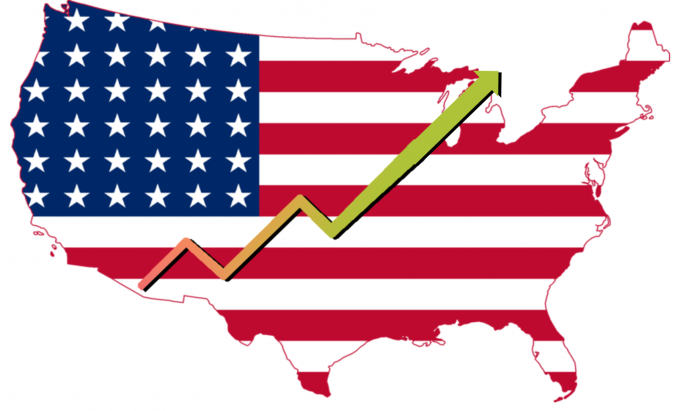4.8 million jobs were created in June, and unemployment fell to 11.1%. This is the highest increase since the index began in 1939.
UNITED STATES (Reuters) – A series of data, including consumer spending, shows a strong rebound after the lifting of restrictions due to the pandemic, which has caused so far, more than 125,000 deaths in the country.
The U.S. economy created jobs at a record pace in June as more restaurants and bars resumed operations, a new sign that the COVID-19 recession it´s on its way to recovery, although an increase in coronavirus cases threatens the emerging revival.
Nonfarm jobs increased by 4.8 million in June, the Labor Department’s monthly report showed Thursday. That was the most since the government began keeping records in 1939.
The unemployment rate fell to 11.1% last month, from 13.3% in May. Employment is rising as companies rehire workers as non-essential businesses such as restaurants, bars, gyms, and dental offices, among others, were closed to curb the spread of COVID-19.
Economists surveyed by various media had predicted that payrolls would increase by 3 million jobs by June.
The increase in jobs was added to a series of data, including consumer spending, that shows a strong rebound in activity. But the reopening of businesses after they were closed in mid-March has unleashed a wave of coronavirus infections across much of the country, including populous California, Florida, and Texas.
Several states have been reducing or pausing the reopenings since late June and sent some workers home. These decisions did not show up in employment data, as the government surveyed businesses in the middle of the month.
Federal Reserve Chairman Jerome Powell acknowledged the upturn in activity this week and said the economy had “entered a new and important phase earlier than expected. But Powell warned that the outlook “is extraordinarily uncertain” and would depend on “our success in containing the virus.
Economists have attributed the explosion in job growth to the government’s Paycheck Protection Program (PPP), which provides loans to businesses that can be partially forgiven if used for wages. Those funds are running out.
In an economy that had already fallen into recession as of February, many companies, including some that were not initially affected by the closure measures, are struggling with weak demand.
Economists and industry observers say this, along with the drying up of PPP loans, has triggered a new wave of layoffs that keeps weekly claims for unemployment benefits extraordinarily high.
In another report today, on Thursday July 02, the Labor Department said initial claims for state unemployment benefits totaled 1.427 billion seasonally adjusted in the week ending June 27, down from 1.482 billion in the previous week.



